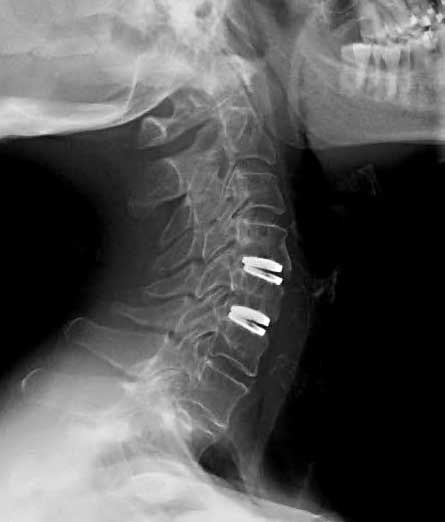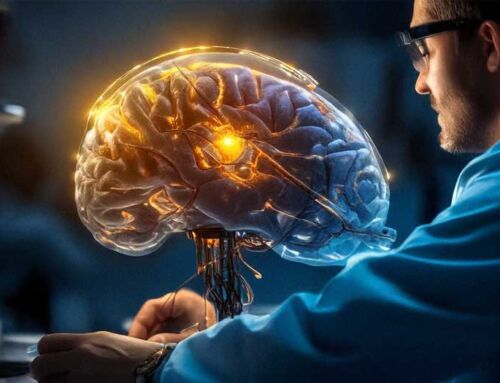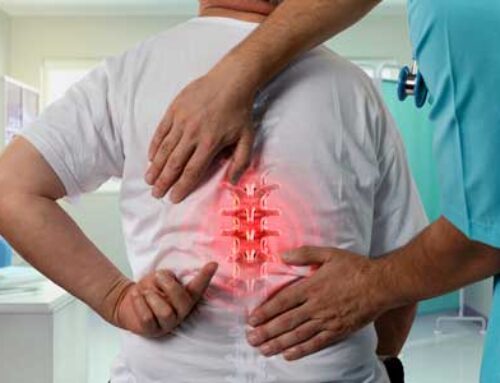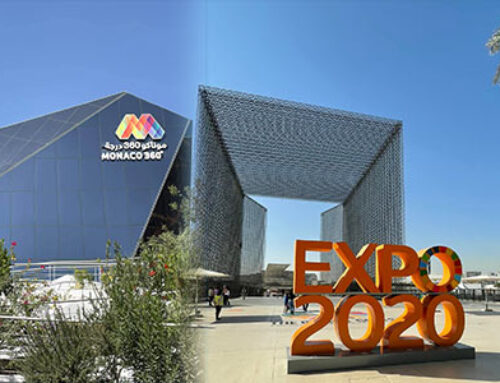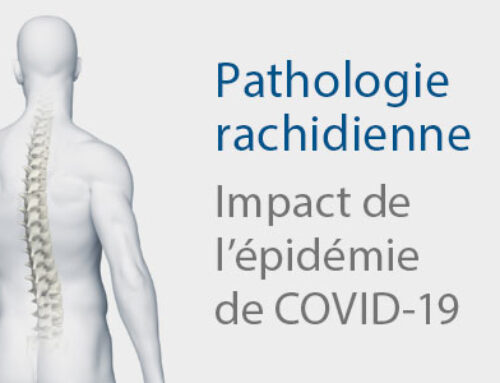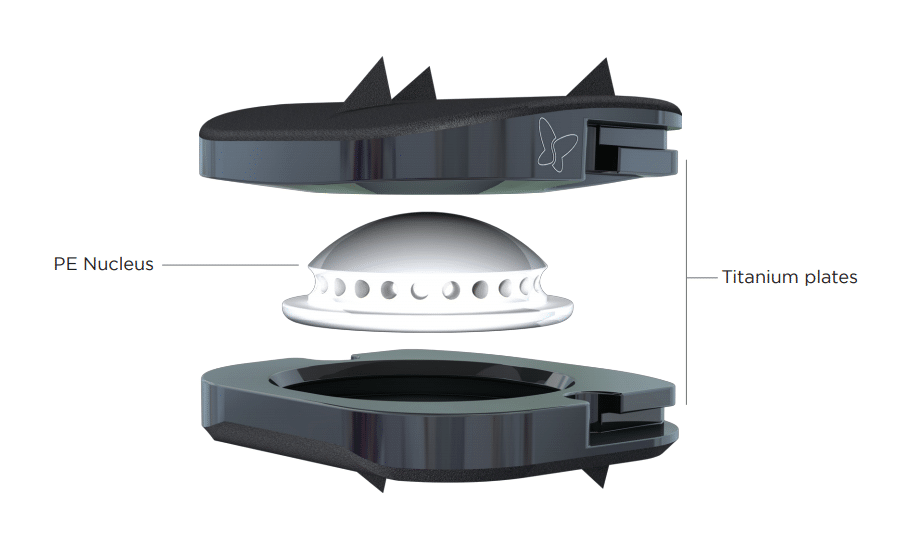
La Prothèse Discale Cervicale (PDC)
Cette année, L’IM2S a passé le cap des 50 prothèses discales cervicales Baguera C implantées à l’institut. C’est l’occasion de revenir sur une évolution récente de la chirurgie rachidienne. Alors qu’auparavant la chirurgie de la colonne cervicale était dominée par des interventions d’arthrodèses antérieures ou postérieures qui faisaient perdre aux patients opérés leur mobilité cervicale, le début des années 2000, a vu apparaitre une technique nouvelle qui permettait dans certains cas de préserver la mobilité du niveau opéré et d’éviter l’arthrodèse.
Après une courbe d’apprentissage pour apprendre la technique chirurgicale, et des évolutions significatives de premiers implants imparfaits, la prothèse discale cervicale a pris une place importante dans l’arsenal thérapeutique des pathologies cervicales. Nous connaissons à présent mieux ses indications, ce qui permet de cibler les patients qui peuvent vraiment en bénéficier et d’obtenir des résultats excellents.
La prothèse discale cervicale Baguera C (Spineart Inc, Switzerland) utilisée à l’IM2S est le résultat de l’évolution de plusieurs types d’implants utilisés précédemment. Sa structure en titane lui permet d’être IRM compatible. Son revêtement de surface en carbone diamant permet de limiter l’usure et d’augmenter sa longévité. Sa forme anatomique et un revêtement poreux au contact de l’os permettent une excellente stabilité à court et long terme. Un noyau en polyéthylène semi-mobile permet d’éviter de trop grandes contraintes sur les articulations. Enfin, la forme du noyau permet même une absorption des chocs, mimant ainsi toutes les caractéristiques d’un disque normal.
Résultats du suivi à 10 ans
Passionné depuis 2004 par les prothèses discales cervicales, fort de plusieurs centaines d’interventions avec plusieurs implants différents et impliqué depuis longtemps dans le suivi scientifique de la prothèse Baguera C, le Dr Patrick Fransen présentera cette année les résultats du suivi à 10 ans d’une groupe de patients opéré dans plusieurs centres européens, dans des sociétés savantes aussi prestigieuses que l’Association Américaine de Neurochirurgie (AANS) en avril ou la Société Nord Américaine de Chirurgie du Rachis (NASS) en octobre. Ce travail fera aussi l’objet d’une publication scientifique en cours de publication.
A l’IM2S, nous proposons donc un savoir-faire assez unique en matière de prothèse discale cervicale, basé sur une maîtrise de la technique chirurgicale depuis bientôt vingt ans, et sur une expérience et un suivi scientifique rigoureux des implants que nous utilisons.
Ceci permet de proposer aux Monégasques, aux résidents de la Principauté et aux patients de toute la région, une prise en charge optimale de leurs problèmes cervicaux.
